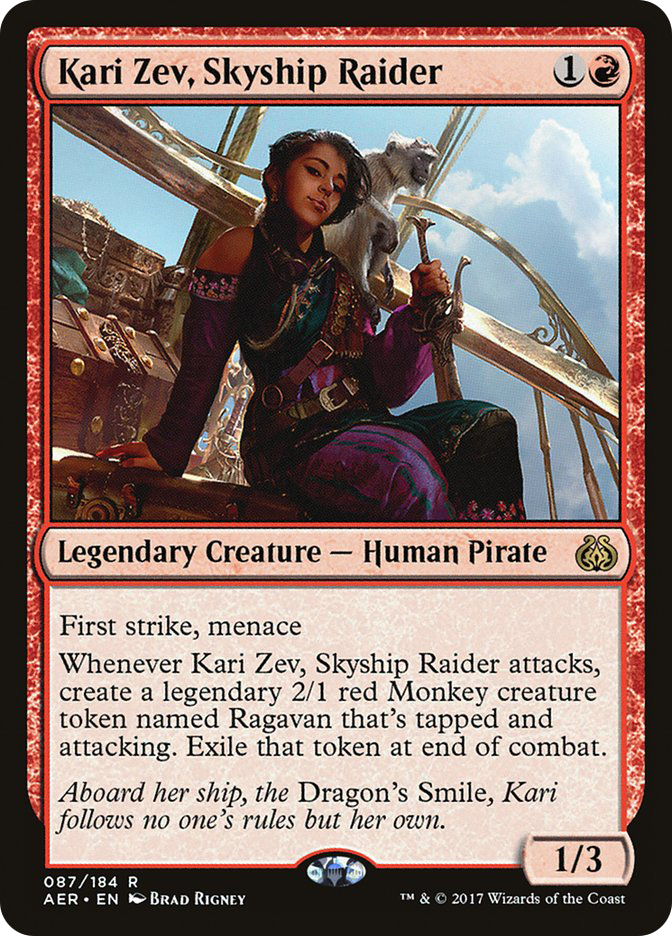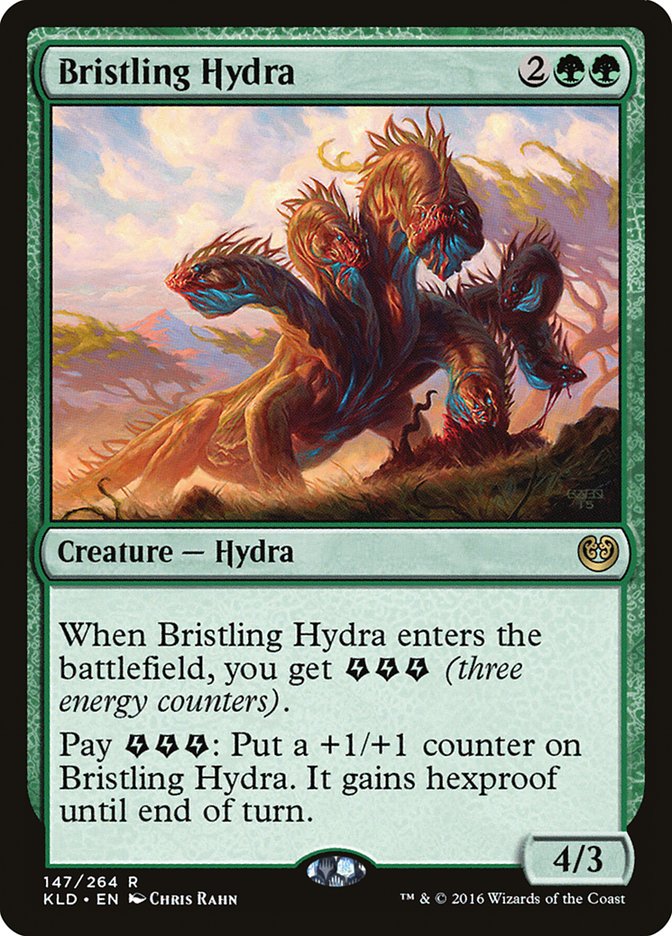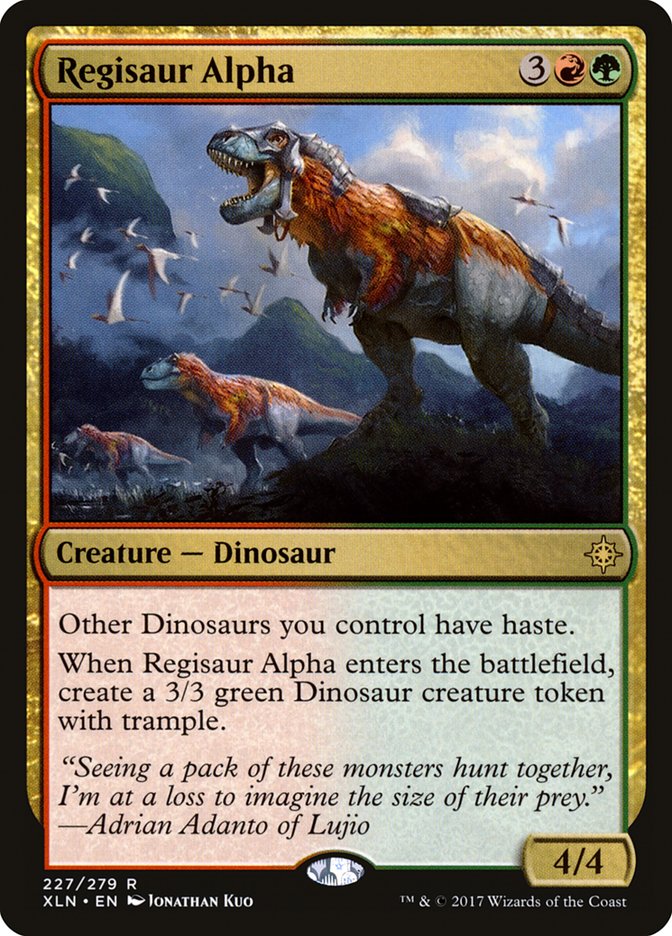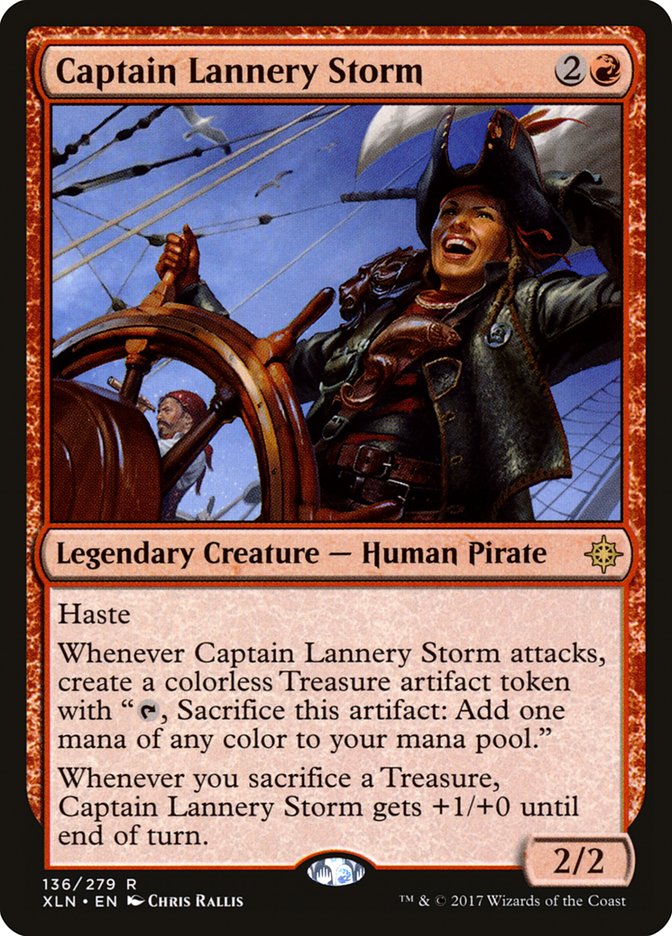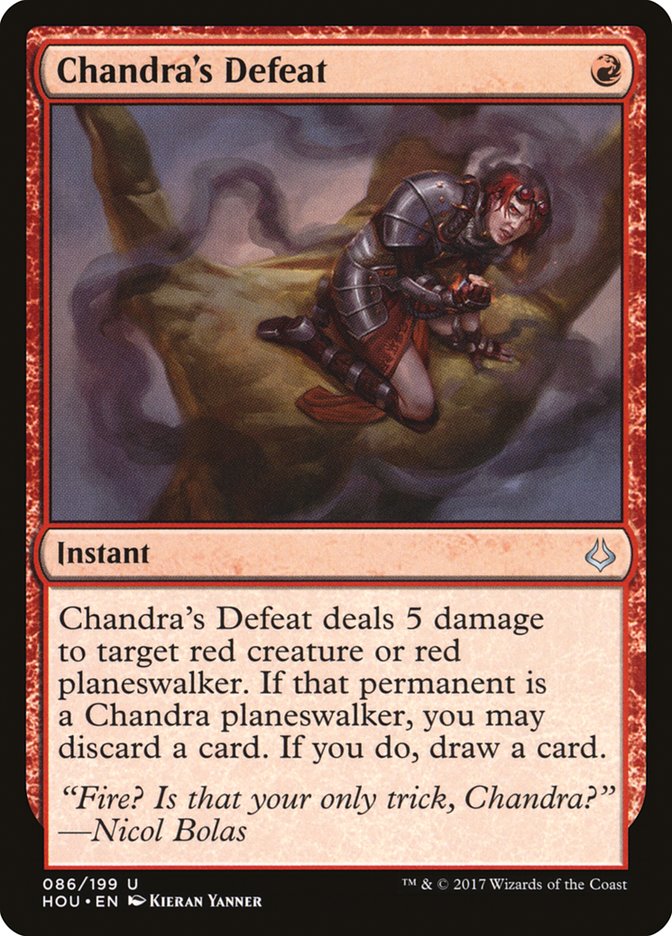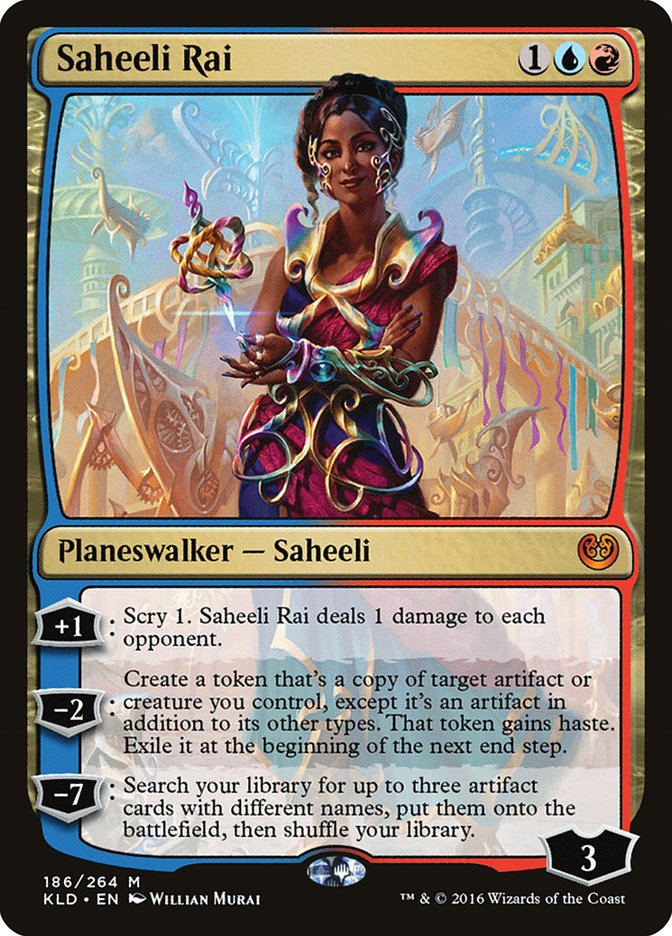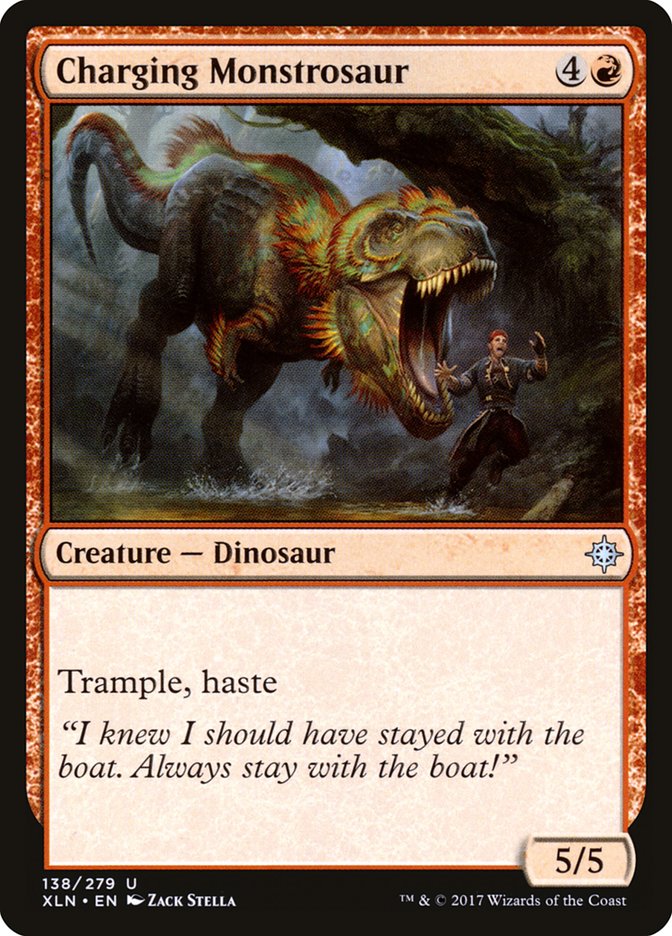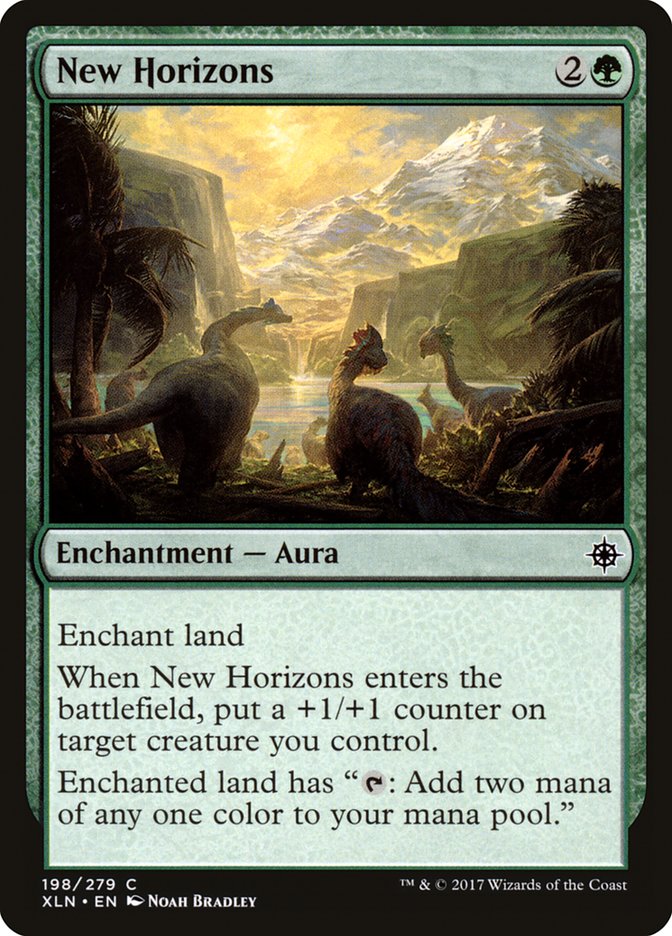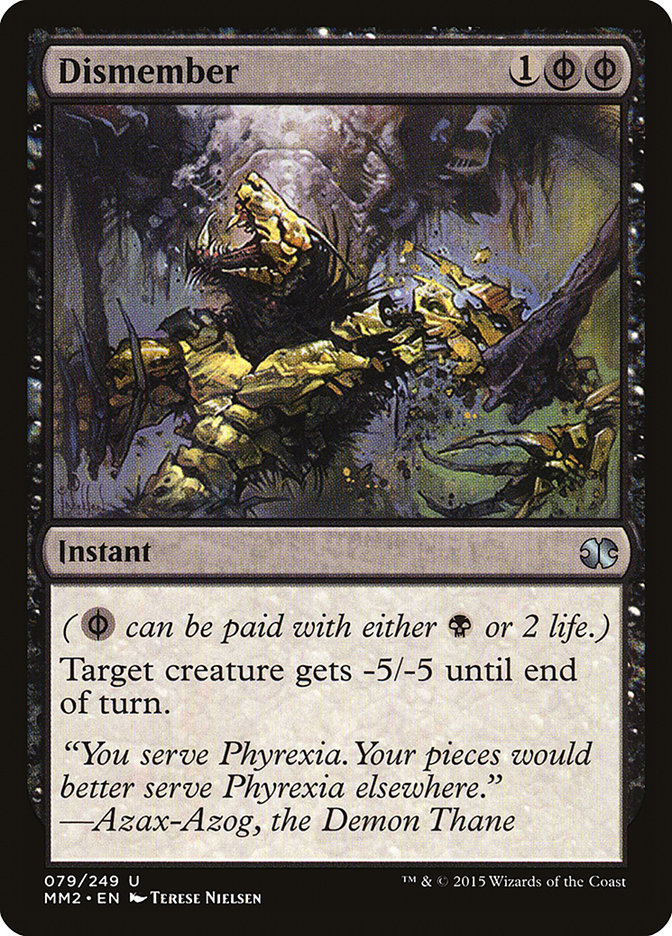1. SCG Dallas will be won by either Ramunap Red or a Temur-based Energy deck.
Brad Nelson: Fact. Don’t bet against the Golden State Warriors, the New England Patriots, Ramunap Red, or Temur-based Energy decks. Sure, it’s fun to get your money in bad hoping for an upset, but it’s always just wise to get it in good. That’s what Ramunap Red, and Temur Energy are. They are the safe choices, because they are known to be good.
I’ve been watching many streams in the background this week as I prepare for Worlds, but one more than others. Brennan DeCandio has been streaming a ton of Standard in preparation for SCG Dallas, and his midrange brews are endless. So is his loss counter. On many occasions has Brennan lamented the fact that he should be playing with Glorybringer, stating, “That card’s better than my entire deck.”
Siege Rhino; Gideon, Ally of Zendikar; and Elspeth, Sun’s Champion all saw significant play at the top tables of tournaments through their entire careers. Sure, we would love to see something new do well, and something will, but these two decks are just above and beyond the rest of the field, mostly due to their ability to beat control, which is something all of these brews are having a difficult time doing.
Ross Merriam: Fact. Obviously I can’t answer this question with 100% certainty, so I decided to draw the line between fact and fiction at 50%. I expect Ramunap Red and Temur Energy to be at least one-third of the metagame this weekend. They will be better-tuned, on average, than the rest of the field and a significant portion of the metagame will be comprised of decks that do not prove to be competitive in the long run. Those advantages increase their likelihood of winning from 33% to something above 50%.
2. A Dinosaur, Vampire, Merfolk, or Pirate-based deck will make the Top 8.
Brad Nelson: Fiction. I’m pretty sure these decks are all bad. At least for now, anyway. Without a second set to flush these strategies out, they are just too thin for playables. Dinosaurs has a great “nut curve,” yet is practically unplayable if disrupted. Pirates are in the same boat but have issues with power level in the late-game. Merfolk and Vampires don’t even have enough cards to make them contenders. Patience is a virtue, and that’s what you’ll need if you want to win in Standard.
Ross Merriam: Fiction. The key to this question is deciding what constitutes being a tribal deck. I would say it’s a deck that has a significant number of specific tribal payoffs. A “Pirate” deck that only has Lookout’s Dispersal isn’t sufficiently tribal to pass this line, and I don’t think there are enough good tribal payoffs for a highly-focused tribal deck to succeed. Various cards from these tribes will show up and perform well, and some number will crack the Top 8, but I don’t see a deck with a high concentration of them competing against the powerful cards from Kaladesh and Amonkhet blocks.
3. A forgotten card from Kaladesh or Amonkhet block will have a massive impact in Standard this weekend.
Brad Nelson: Fact. There are so many amazing cards in Kaladesh that something’s bound to show up that we haven’t seen in a while. That’s what makes this game so great! I personally have some sweet ones in mind that I’m working on, but that’s going to have to wait until after Worlds. I’m not sure what it will be, or how well it will do right out of the gates, but I’m very confident that a few hidden gems will jump out at us once we get a few weeks into the format.
Ross Merriam: Fiction. This question is actually similar to the second, and my answer is also similar. I expect cards that were previously suppressed for whatever reason to re-emerge, since that happens nearly every time a rotation happens. But cards and decks that have a massive impact are the cards that are powerful enough to shape the metagame and overwhelmingly tend to be cards that find success in any Standard environment. I’m expecting a much more moderate, albeit significant, impact from older cards.
4. You’ve been disappointed by Ixalan‘s Limited.
Brad Nelson: Fact. Fact, fact, fact, fact, and fact! I was so excited to get into this format, and two days of it already depleted my tanks. Now, don’t get me wrong, there are some very cool things about this format, but not enough to make it enjoyable.
So to get the good things out of the way, Explore is amazing! It’s nice to help keep games consistent, but it also creates some interesting decision points. Sometimes you reveal a trick and have to decide if keeping it is good enough as they will now know it’s there. Sometimes you have to decide if you want to keep an early expensive card before you even have the mana to cast it. Even drafting can be difficult, as you can sometimes value cards like Grim Captain’s Call and March of the Drowned differently depending on how many Explore creatures you have.
That’s not enough to make it a good format, though. First of all, there are just too many bad cards. That’s a simple one. I’ve opened packs where I don’t even want a first pick. They are just that bad! You also need enough early-game to not get run over, but at the same time a simple Grizzly Bear is only good against half the decks. Other times, you get into the perfect tribal combination and draft a deck that can’t be beat, especially when it’s Merfolk! That deck can just be disgusting sometimes! The cards are just too polarized to be a good format.
Now, take my words with a grain of salt, as I’m not a decorated mind in this department, but one thing I can say in confidence is that I’m excited this is the Limited format I have to play for Worlds. As one of the leading minds in Standard, I feel my losses will more often come in Limited. That said, this format seems very high-variance, giving me a better chance to spike. I would feel very far behind if I had to play Hour of Devastation Limited, for example. Maybe that’s what Wizards wanted, as we just got finished with a very consistent format, but it is very jarring to have this drastic of a shift.
Ross Merriam: Fiction. I’ll be honest: I don’t have particularly strong feelings towards any format. It’s not productive for me to spend time and energy trying to figure out if a format is “good” or “bad” based on wholly subjective criteria. Playing with new cards, discovering the archetypes and synergies that are going to be important, is one of the parts of Magic I find most satisfying, so in the early stages of a format it’s essentially impossible for me to be disappointed. In a few months, once I have the benefit of hindsight, I may be disappointed, but for now I’m happy to enjoy exploring a new set and leave it at that.
5. Death’s Shadow will win the Modern Classic on Sunday.
Brad Nelson: Fiction. Nope! It pains me to say this, but my favorite card in Modern just isn’t that great anymore. Sure, it’s good, but it’s not the best deck in the format. That’s mostly due to targeting for the past year, which is exactly what Modern is. The format has shifted around Death’s Shadow to make it as ineffective as possible, and that’s pretty much what’s happened. Now, I’d personally still play it, as I’m a creature of habit, but there is an off-chance I’d pick up Jund Midrange solely due to the fact that the planeswalker rule lets me have two Lilianas on the battlefield at once. That sounds fantastic!
Ross Merriam: Fiction. I do think Death’s Shadow is being underrated right now and that the various decks that have popped up recently don’t have matchups against it as good as most people think. That said, this is Modern, and Death’s Shadow is going to be less than ten percent of the metagame. There’s no way a deck that isn’t heinously broken (think CawBlade) can be that small a portion of the field and still be above 50% to win the tournament, which is the line I set in the first question. Death’s Shadow may be a favorite to win, but I’ll take the field on this one.


